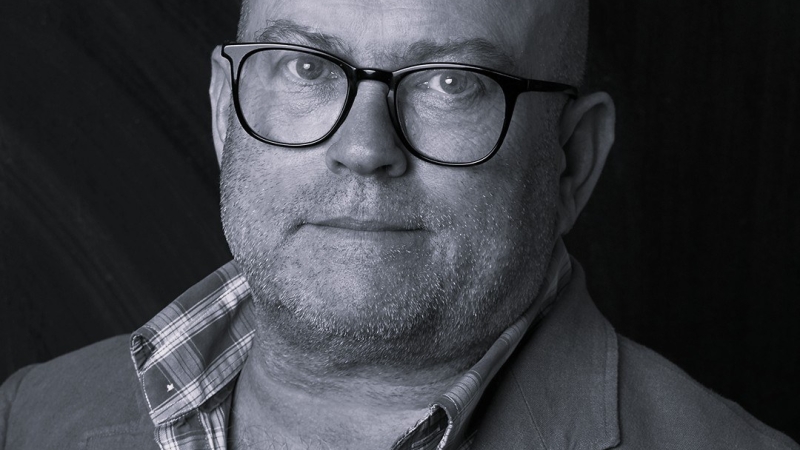Media training has an image problem.
To some, it belongs to a skillset otherwise known as ‘dirty tricks’ because — rightly or wrongly — they believe it teaches people to dodge questions, spin narratives, or hide behind meaningless soundbites.
That reputation shouldn’t taint the vast majority of great media work that happens behind the scenes. Background briefings, press calls, a coffee with a journalist, expert comment requests — these are the unseen run-of-the-mill interactions that are essential to keeping the pages of the media world turning.
And, they’re a million miles away from the tawdry political broadcast interviews that often rehash the same old soundbites and add little to the debate.
Understanding what journalists need
Being a spokesperson, especially in B2B, isn’t just knowing what to say or how to say it, but also what journalists want.
I attended an event recently where a tech journalist was asked what makes a good spokesperson. He wasn’t impressed by job titles, media profiles, or slick soundbites.
What mattered was speaking to someone that could help him land his story. He wanted to talk to someone who understood their subject and could explain things, not fluff their way through an interview or parrot pre-prepared soundbites.
The journalist wanted someone who spoke his language. No spin. No jargon. Just insight.
To my mind, he was describing an often-overlooked element of media training — balancing the needs of journalists with those keen to secure a PR opportunity.
Too many spokespeople head into interviews armed only with their key messages, believing their job is simply to promote their business, product or idea. But interviews aren’t monologues. They're conversations. And good ones work because they balance what the spokesperson wants to say with what the journalist needs to hear.
Knowing what journalists want
That means understanding that, first and foremost, journos are there because they want a story. For a spokesperson, that means engaging in some meaningful self-reflection even before you secure an interview to assess whether your story passes the “so what?” test.
Being media savvy — being humble enough to accept that you may need to put in more work — is an acknowledgement that preparation matters.
Second, journalists want substance to back up opinions and views. Proof points and examples not only add colour, they also add value. And again, all that takes preparation to ensure you have the right examples to hand.
And third, they want a great quote. Not some throwaway slogan, but something that helps lift the copy and which could, if it’s good enough, shape the headline. That’s not a cheesy line, but something meaningful.
What links all three of these requirements is that none can be done ‘on the spur of the moment’. It takes a great deal of planning and preparation. You’ll be surprised how much effort goes into that off-the-cuff remark or that throwaway line.
And what’s also gin-clear is that the very best spokespeople don’t just think of their own self-interests, they also think like a journalist.
Not everyone is right for the role
But there’s another truth we don’t say enough: not everyone is suited to the role. While media training is designed to prep spokespeople, it also identifies those for whom media work is simply not their cup of tea.
Some people, however senior or knowledgeable, simply aren’t comfortable in the spotlight, and that’s okay. It’s far better to find that out in a training room than mid-interview. The aim of media training isn’t to force everyone into a spokesperson role. It’s to identify who can genuinely carry the message — and to prepare them properly.
I should know. I used to be a journalist. I lost count of the number of times spokespeople were out of their depth, rattling off pre-prepared answers that were of no use.
But I also remember those whom I could depend on for insight and a headline-grabbing quote. When you find people like that, they go in your contacts book and you go back to them time and time again.
And surely, that’s the endgame of proper media training. Nurturing long-lasting relationships that benefit both parties. That’s why, for all the suspicion it sometimes attracts, media training doesn’t deserve a bad press. It simply needs to be done right.
PR Masterclass: The Intersection of PR and GEO
Join PRmoment for a Masterclass featuring 10 of the industry’s foremost experts. You will walk away with a clear, actionable strategy for adapting your content to an AI-first search environment.
Taking place on Wednesday 25th February in London, both virtual and in person tickets are available.
Early bird ticket sale ends Friday 9 January.
PR MasterclassIf you enjoyed this article, sign up for free to our twice weekly editorial alert.
We have six email alerts in total - covering ESG, internal comms, PR jobs and events. Enter your email address below to find out more:











